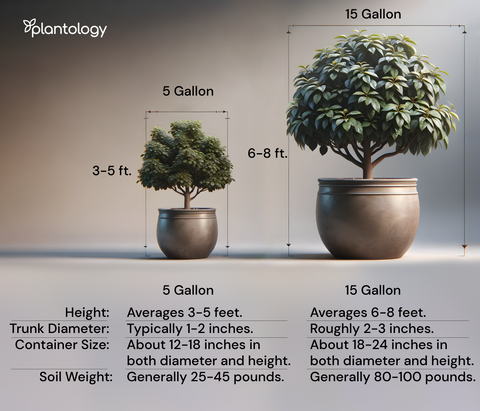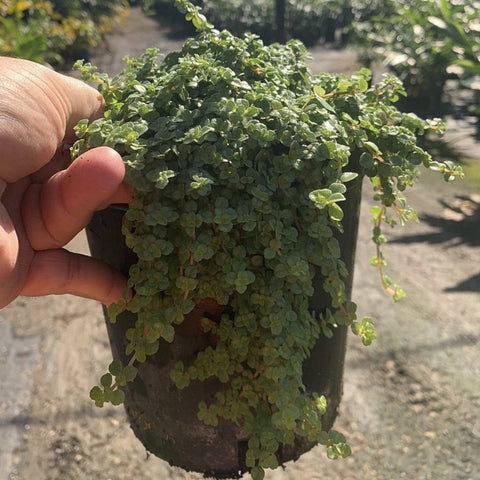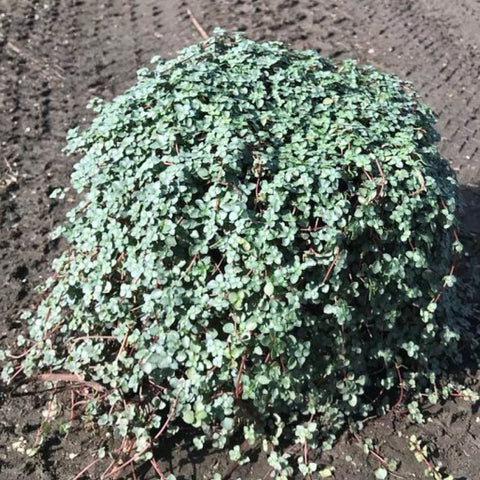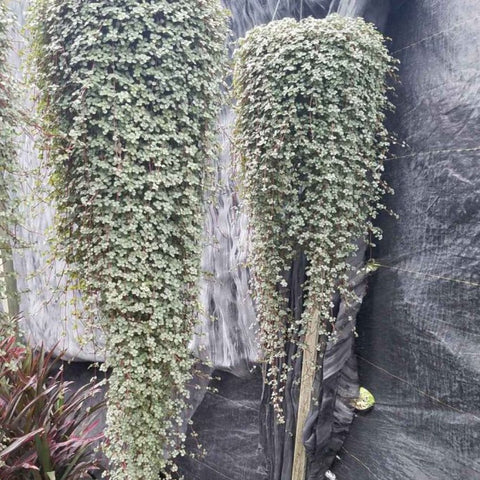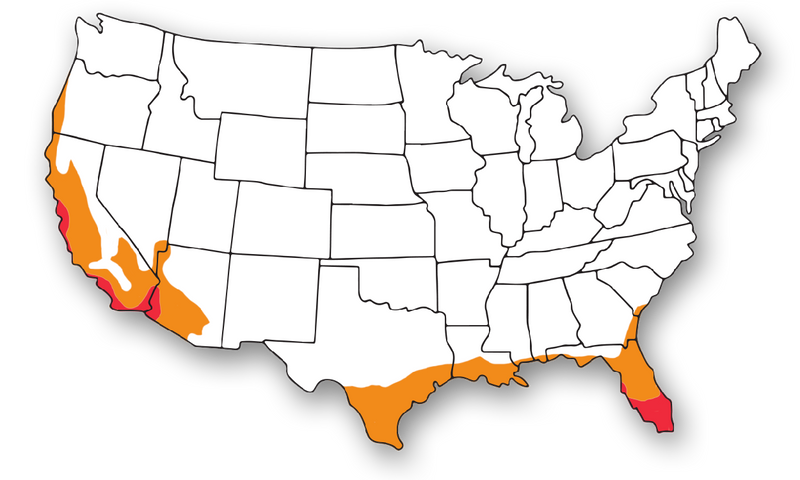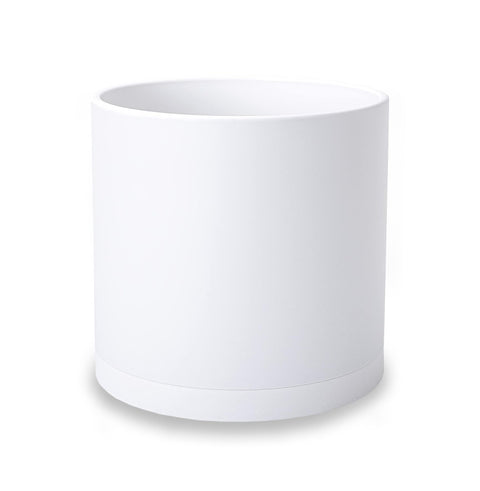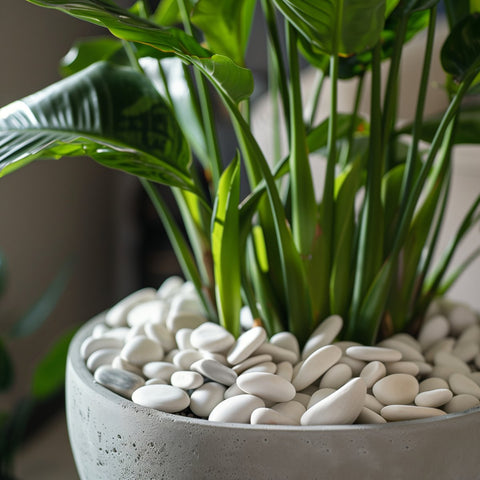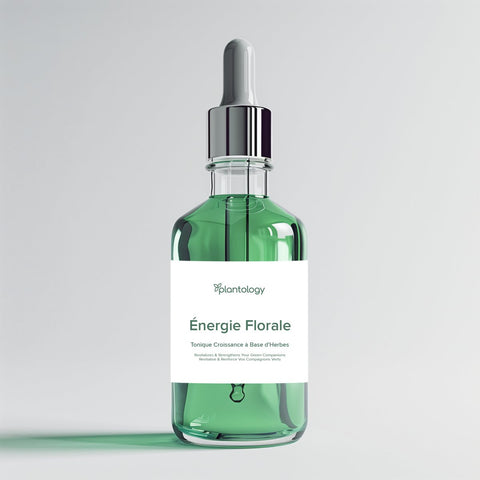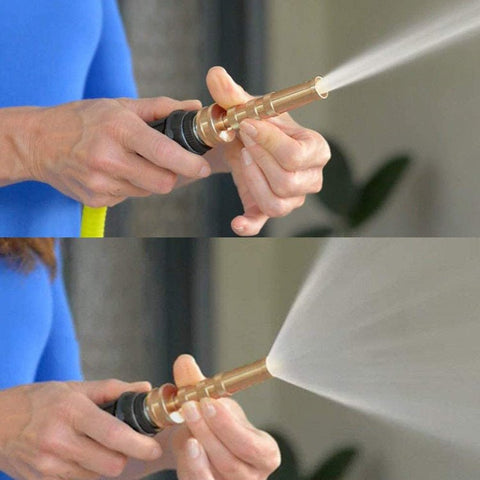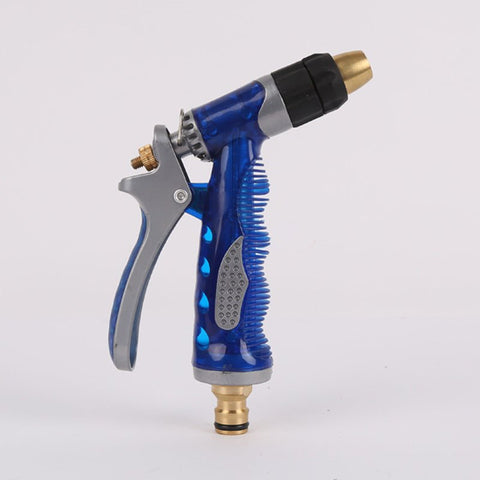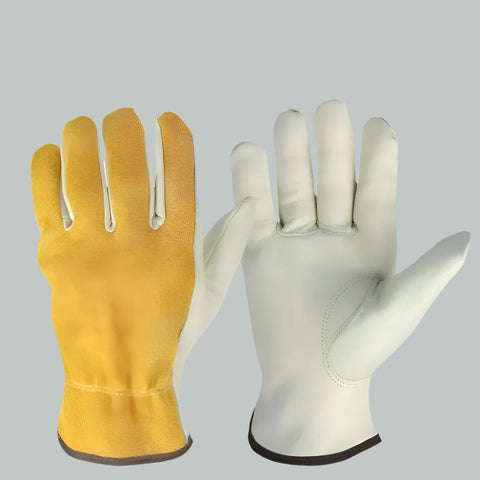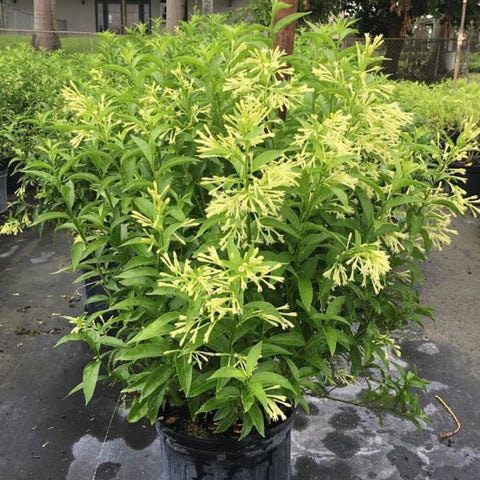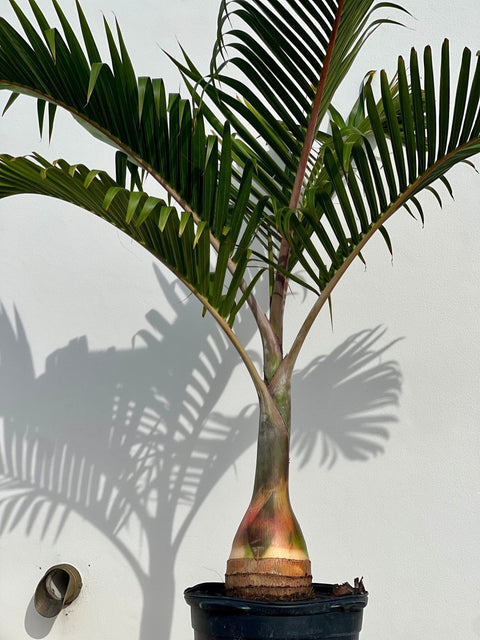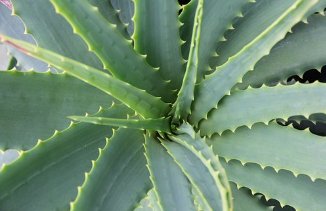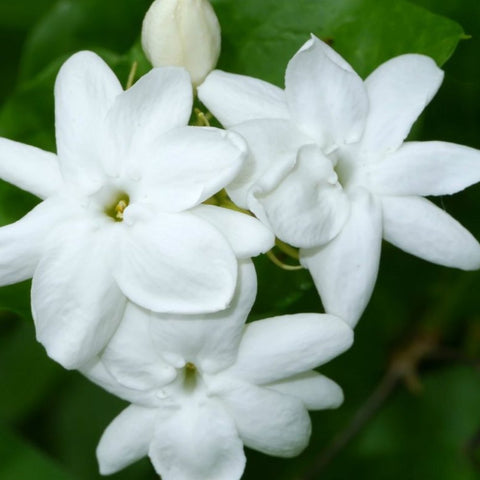Growing & Care Tips
Pilea Depressa "Baby Tears" Care Guide
The Pilea Depressa "Baby Tears" is a charming, low-growing plant that thrives in bright, indirect light. It prefers a warm, humid environment, making it perfect for terrariums or as a ground cover in a larger indoor garden. Ensure that it is kept away from cold drafts and air conditioning vents.
Care Tips for Pilea Depressa "Baby Tears"
- Keep the plant in bright, indirect light.
- Water regularly, allowing the soil to dry out slightly between waterings to avoid root rot.
- Maintain a humid environment by misting the plant or using a humidity tray.
- Fertilize monthly during the growing season with a balanced, water-soluble fertilizer.
- Keep the leaves clean to prevent dust buildup, which can attract pests.
Uses for Pilea Depressa "Baby Tears"
The delicate foliage of Pilea Depressa "Baby Tears" makes it a versatile choice for various indoor settings. It's ideal for hanging baskets, terrariums, or as a lush ground cover. Its cascading growth habit adds texture and interest to any space.
Planting Tips for Pilea Depressa "Baby Tears"
When planting Pilea Depressa "Baby Tears", use well-draining soil and a pot with drainage holes to prevent waterlogging. This plant thrives in a warm, humid environment, so consider placing it in a bathroom or kitchen where humidity levels are naturally higher.
Maintenance of Pilea Depressa "Baby Tears"
- Water the plant regularly, allowing the soil to dry slightly between waterings.
- Fertilize monthly during the growing season to promote healthy growth.
- Trim back any leggy or unruly growth to maintain a compact and tidy appearance.
Pests and Diseases of Pilea Depressa "Baby Tears"
Pilea Depressa "Baby Tears" is generally pest-resistant, but it can occasionally attract aphids or spider mites. Keeping the plant clean and maintaining proper humidity levels can help prevent these issues. If pests do appear, treat them with an insecticidal soap or neem oil.
Sizing
Explore our premium selection with the “Grower's Pick.” This option features the most mature and robust plants available, ensuring strong growth and a well-established root system for a thriving addition to your collection.
Frequently asked questions
Looking to maximize cost-effectiveness when purchasing Pilea Depressa Baby Tears? Here are some actionable tips to help you get the most out of your purchase. Firstly, consider buying in bulk or larger quantities. Many nurseries or online retailers offer discounts for buying multiple plants at once. This can help you save on individual plant costs and shipping fees. Additionally, look for established sellers with good reviews to ensure you are getting healthy, quality plants that will thrive in your care. Another way to save money is by propagating your own Pilea Depressa Baby Tears. This plant is relatively easy to propagate through stem cuttings or division. By growing new plants from cuttings of your existing ones, you can expand your collection without having to purchase additional plants. In conclusion, maximizing cost-effectiveness when purchasing Pilea Depressa Baby Tears involves buying in bulk, choosing reputable sellers, and propagating your own plants. By following these tips, you can enjoy a thriving collection of these beautiful plants without breaking the bank.
Estimated Shipping Time: Most orders ship immediately. As noted on the website, some items are seasonal, and may only ship in spring or fall. Once your order is shipped, you'll receive an email with a tracking number.
Shipping Cost:
Orders less than $199 have a standard $29.95 shipping cost. Orders over $199 SHIP FREE
